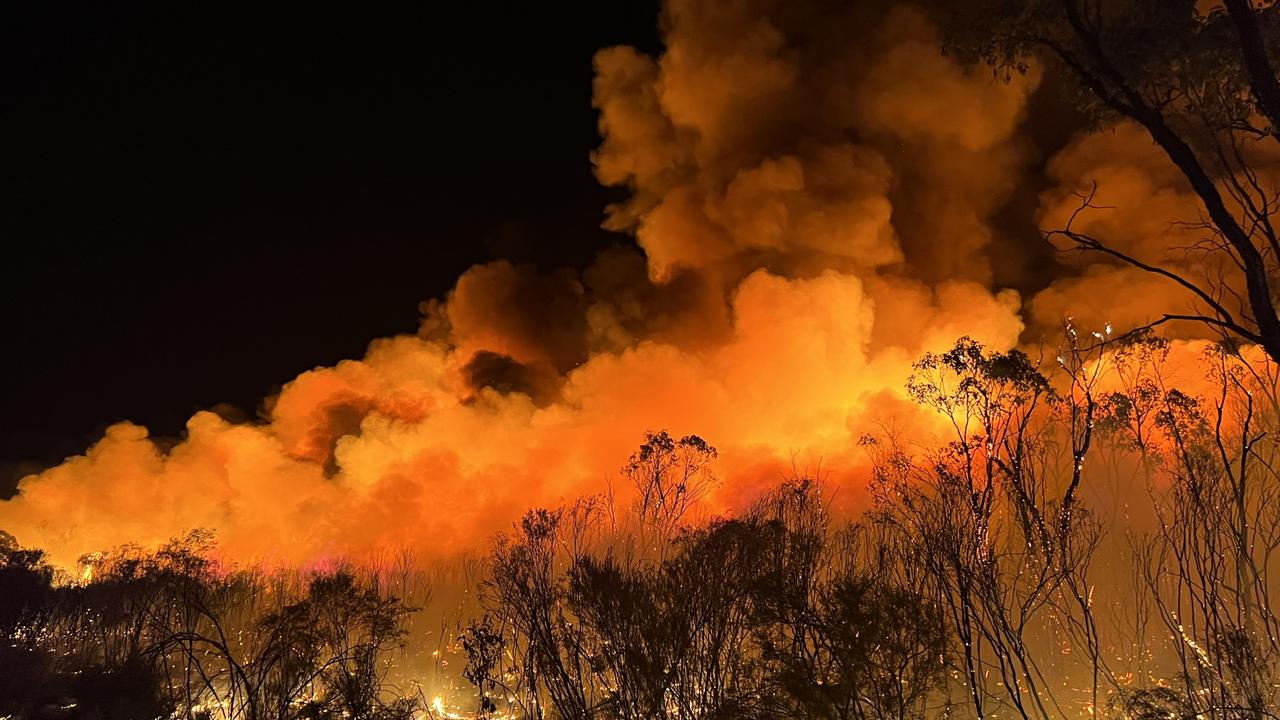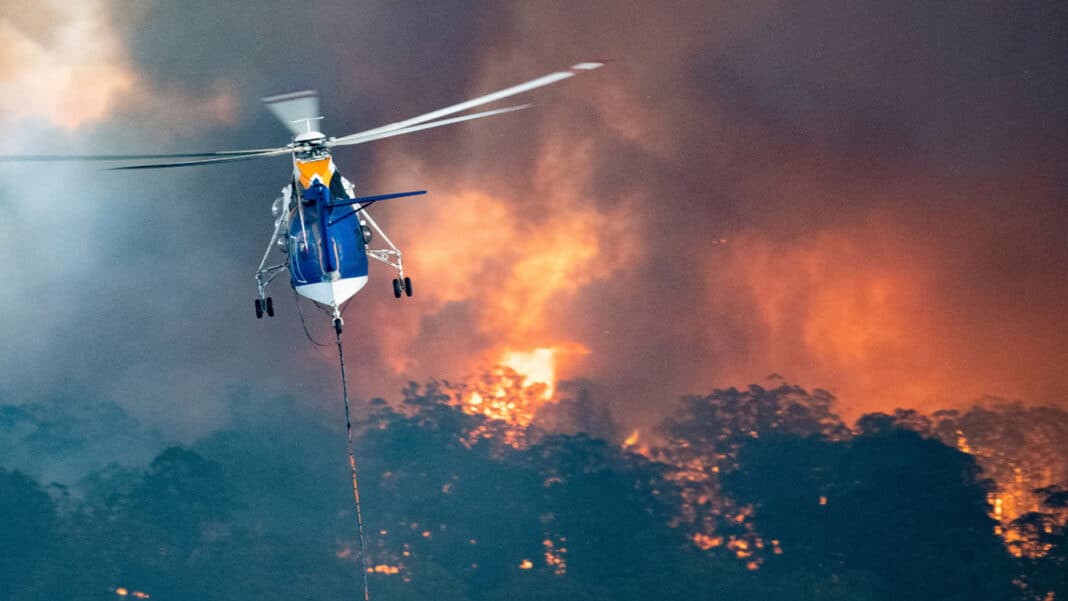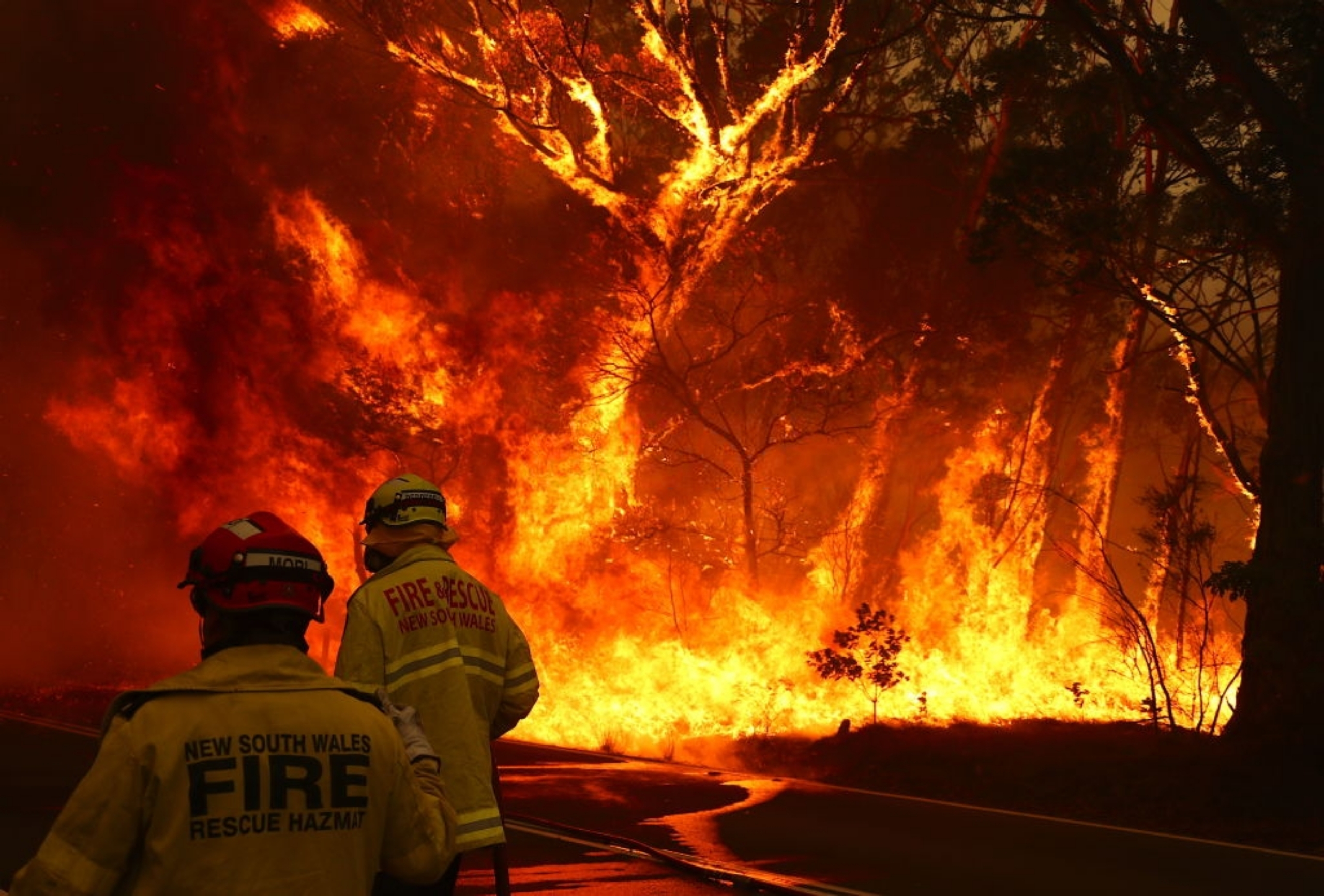Professional Insights: Why Every Property Owner Requirements an Extensive BAL Report
Wiki Article
Just How BAL Record Impacts Bush Fire Security Steps
In the world of bush fire protection, the Building Strike Level (BAL) record stands as a critical device that substantially influences the safety and resilience of properties in fire-prone locations - BAL Report. The effect of a BAL assessment prolongs much past mere documents; it acts as the cornerstone for identifying the proper construction criteria and fire protection steps necessary to alleviate the threats posed by bushfires. As communities come to grips with increasingly serious fire periods, comprehending just how the BAL record forms these safety actions comes to be paramount for home builders, homeowners, and policymakers alikeRecognizing the Bushfire Strike Degree

Importance of BAL Report Assessment

Furthermore, the BAL record analysis functions as a foundational action in following lawful commitments and requirements associated with bushfire security. Neighborhood councils and authorities commonly mandate the entry of a BAL report as component of the planning and structure approval procedure to make sure that properties are adequately protected against bushfire risks. Failing to carry out a detailed BAL record analysis can cause poor security actions, leaving residential or commercial properties susceptible to ravaging bushfire events.
Construction Criteria Based on BAL
A comprehensive understanding of the Bushfire Assault Level (BAL) enables home owners to implement construction requirements customized to their specific risk account. Building criteria based on BAL are essential in reducing the effect of bushfires on residential or commercial properties. The BAL ranking classifies the possible danger a residential property deals with during index a bushfire on a scale from BAL-Low to BAL-FZ (Flame Area)Applying Fire Defense Actions
With the structure of construction criteria based on Bushfire Attack Degree (BAL) in location, the emphasis now moves in the direction of the functional execution of fire defense procedures check my blog to fortify homes against bushfire dangers. Easy steps include using fire-resistant building materials, setting up ash guards on vents, sealing voids in walls and roofing systems, and keeping a clear area around the building free from combustible greenery. By incorporating both passive and active methods, residential properties can considerably lower their vulnerability to bushfire occurrences and boost the safety of passengers.Shielding Homes Against Bushfires
Successfully securing homes against the destructive effects of bushfires requires a positive and thorough strategy to fire defense measures. In addition, securing voids and vents to avoid coal breach, as well as integrating fire-resistant doors and windows, can assist strengthen the home's defense against bushfires. By welcoming a positive position and integrating these safety actions, house owners can dramatically enhance their chances of protecting their homes versus bushfires.Verdict
In verdict, the Bushfire Assault Degree (BAL) report plays an important duty in establishing the needed protection procedures versus bushfires. By analyzing the BAL, building and construction standards can be tailored to mitigate the dangers and guarantee the security of homes in fire-prone locations. Executing fire defense procedures based on the BAL report is vital in guarding residential or commercial properties from prospective bushfire threats. It is important for homeowners to focus on BAL evaluations and comply with recommended building criteria to enhance bushfire durability.In evaluating bushfire danger to properties, recognizing the Bushfire Assault Degree (BAL) is a crucial part for applying reliable security measures. In general, a clear resource understanding of the Bushfire Assault Level is crucial for carrying out sufficient defense measures and alleviating the influence of bushfires on residential properties.

Report this wiki page